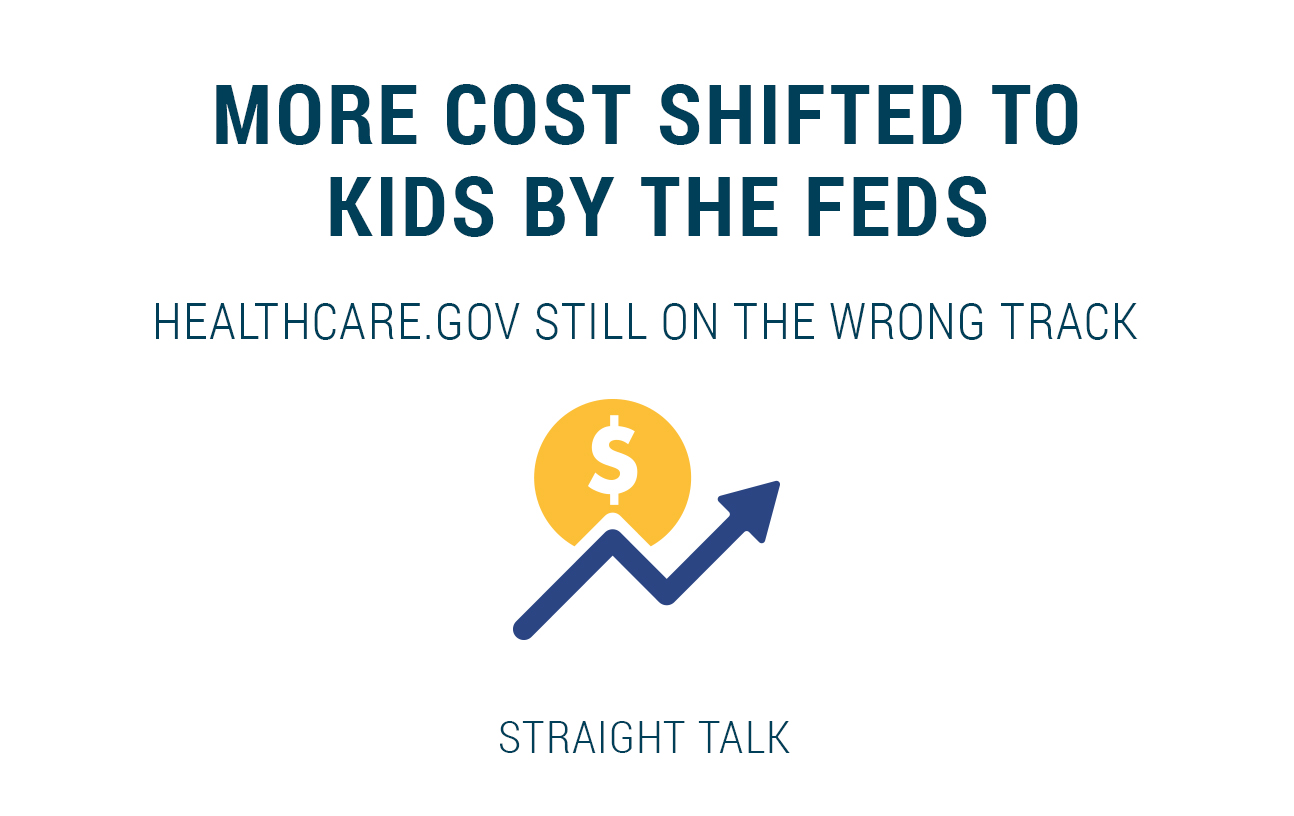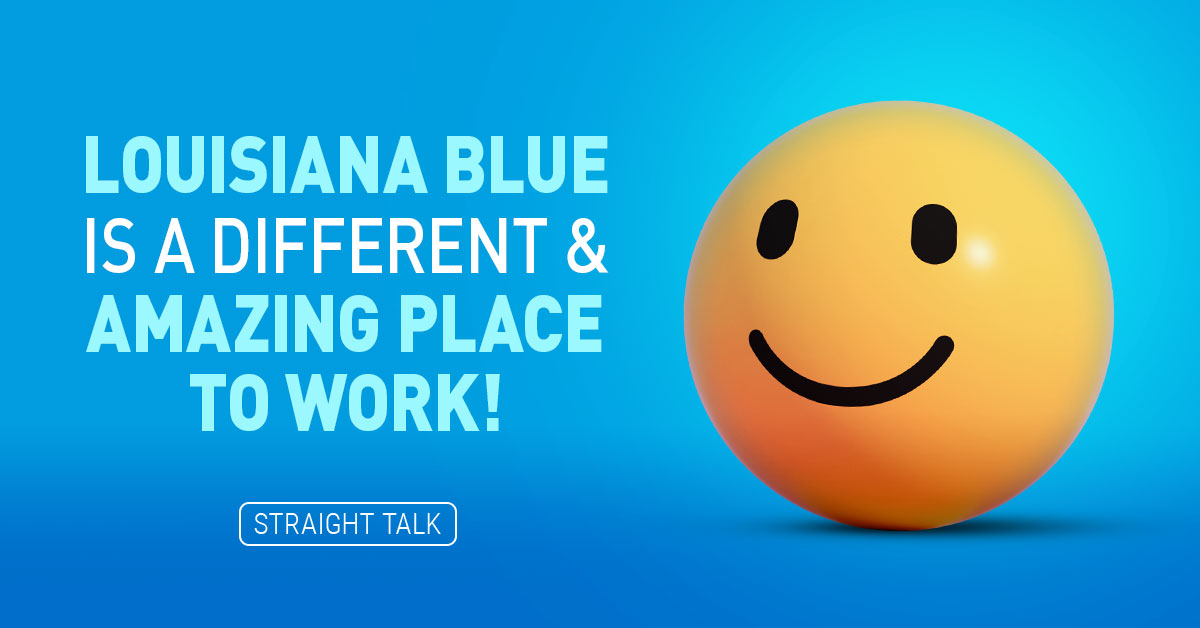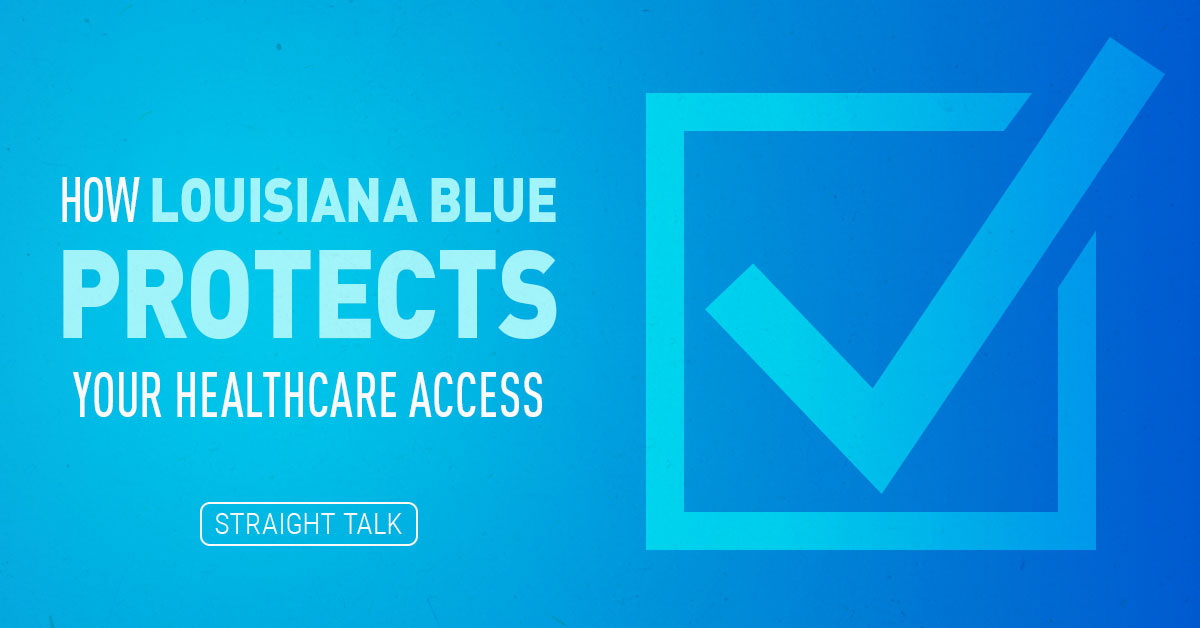Just a few days ago, we got this post on Facebook:
“I want to start by saying thank you for helping my autistic son out so much for so long. He has made significant progress at the therapy center he goes to and he now has hopes for an independent life. But…I can’t afford you anymore. Last year, my son’s insurance went up significantly. We just received the letter, like last year, saying it was going up again a significant amount again next year. I cannot fathom paying anymore in insurance, which his alone is already more than my mortgage. More than my mortgage…How is it possible for anything to actually get better for my family at this breakneck pace… My son needs help….And I’ll probably stick with you….Because you’re the only safe option for my son.”
Doesn’t that just break your heart? It surely does break mine, as a father of three children and a cancer survivor myself.
This good man deserves a clear, simple answer to his dilemma. He deserves to know why this is happening to him. And, it’s my job to make sure that the answer is as transparent and meaningful as I can make it. So let’s help him, shall we?
My Dad always says, “When you see a house on fire, make sure you’re throwing water on it, not gasoline.” That was his way of telling me to make sure I made things better and improved things everywhere I went. This mantra does not seem to ever have gained traction in Washington, D.C., as far as I can tell.
So here it is: In addition to the normal cost increases that happen in healthcare (typically single-digit rate increase for medical expenses), yet another bad policy decision from Washington, D.C., has reared its head, and I’m going to try to explain it to all of us, even though it is messy. So, here goes.
When the Affordable Care Act (ACA) was passed in 2010, a brand-new federal agency called the Center for Consumer Information and Insurance Oversight (CCIIO) was created and given absolute authority over every state’s individual and small group health insurance markets. Among CCIIO’s many new powers and responsibilities was to create and operate and set the rules for Healthcare.Gov.
A big job, that.
So when you’ve seen my posts about things like no-accountability special enrollment, shorter open enrollment periods and decisions made at the federal level that don’t work so well here in Louisiana, these are usually the folks I’m talking about.
Among CCIIO’s many functions is to set age-rating curves that determine how much premiums cost for you at various ages. This is where the wonky part sets in.
Children’s Insurance Rates Going Up Next Year
You’ve heard me describe in excruciating detail why the premium/age ratio between people buying insurance at age 21 and 64 is punishing younger folks. It still is, and will be in 2018 as well.
What’s happened now is that the federal government, through CCIIO, is pushing up insurance rates for children who are younger than 21, which is forcing more healthcare costs on children. And, these higher rates for the under-21 group are taking even more costs off of people who are 50 and over — the people who are actually using most of the healthcare. In summary, the federal government is increasing the healthcare load on kids to give people ages 50-64 even more discounts than they get already.
So Mike, how’s that work?
Well, under federal regulations, when we price individual health insurance for a big group of people, we have to establish a “baseline premium” for the whole pool. Everybody ages 21 to 24 pays the same baseline premium, 100% of it, as their rates. Once you hit age 25, your premium starts to go up by a set amount each year. For example, the feds specify 1.004 times the baseline rate for a 25 year old.
This rate goes up a little every year as you get older, until, by age 53, you are paying a bit more than twice the baseline rate. By age 64, you are paying three times the baseline rate. Thus, an age ratio, from oldest to youngest adult, of 3:1, for people ages 21 through 64.
But what happens to the kids? I mean, people under 21 need insurance, too, so how much are they paying?
When the ACA was passed, the law set the premium rate for all children from 0-20 years old at 63.5 percent of the base rate. So, if I was trying to insure my children on my health plan, if they were all younger than 21, the rate was exactly the same (base rate times .635).
But, CCIIO has changed the rates for children younger than 21 for 2018 in such a way as to load more costs onto kids, which will in effect take it off of older folks!
Why Are Kids’ Costs Going Up?
The son mentioned in the above post, if he is under 21 years old, is being hammered on rates because of this change. Let’s look at a simple example of all this, where we will set the 21-year-old base rate at $300 and raise premiums just 10% for medical costs for 2018. Then, you can see the real impact of these federal adjustments to the individual market from one year to the next:
| Age (years) |
2017 Ratio |
Cost in 2017 Premium |
2018 Ratio |
Cost in 2018 Premium |
$ paid per month |
% Change |
|
1 |
.635 |
$190.50 |
.765 |
$252.45 |
+61.95 |
+32.5% |
|
10 |
.635 |
$190.50 |
.765 |
$252.45 |
+61.95 |
+32.5% |
|
15 |
.635 |
$190.50 |
.833 |
$274.89 |
+84.39 |
+44.3% |
|
20 |
.635 |
$190.50 |
.970 |
$320.10 |
+$129.60 |
+68.0% |
|
21* |
1.0* |
$300.00* |
1.0* |
$330.00* |
+$30* |
+10%* |
|
53 |
2.04 |
$612.00 |
2.04 |
$673.20 |
+61.20 |
+10% |
|
64 |
3.0 |
$900.00 |
3.0 |
$990.00 |
+90.00 |
+10% |
*Baseline Rate for Entire Pool
As you can see from this table, the federally revised age ratio for children younger than 21 caused up to a 68% rate increase in our example, even if medical costs only drove 10% of that increase. But that’s just the beginning.
Because we know more children will flee this risk pool, the pool will get older, and those remaining will have even higher average medical costs, all because of this decision. That’s the danger of continually giving benefits to the 50-64 year-old crowd and punishing kids in the process, which is exactly what has happened since Day One on Healthcare.Gov. It’s a zero-sum game.
Even before this change, people in that 50-64 year-old group were only paying 3x the 21-year-old rate, while consuming 6x the healthcare of the average 21 year old because the age ratios were already being set way lower than they should be, based on the actual amount of healthcare people this age use.
The End Result
CCIIO has moved even more costs onto kids and young adults with their 2018 age-rating changes. Our friend above is being asked, through his son’s premium cost, to subsidize older folks even more than he is already.
Younger families with lower incomes and our youngest members will have their 2018 rates go up much more because of this, which makes it even more likely that they will bail out of the health insurance market. This group is already very under-represented and they are exactly the people we need in the risk pool to better balance it and keep costs in line.
Remember, the average age in the state of Louisiana is 34 years old, and in our ideal “balanced” insurance pool, we’d have a lot of people in that age group. Today, thanks to the benefits baked into the ACA that favor people my age at the expense of younger people, the average age in our individual insurance pool is around 45 years old and climbing. If the insurance pool keeps skewing toward older members, it will continue to drive rates up. Results like the 2018 table above will accelerate that trend and cause more damage to people like the gentleman who sent that post, who is working hard and trying to give his son a better life.
Since these 2018 ratings are set by the feds (CCIIO), Blue Cross and other insurers have to factor them into our 2018 premium rates. We don’t have a choice about it. If you have children covered on your policy who are younger than 21, you will likely see higher costs in your policy renewal for 2018 far beyond what can be explained by the rise in medical costs.
Straight Talk can be really painful on days like today. But, I hope this gives you a clearer understanding of how the federal age ratings and bad decision-making in Washington, D.C., are driving rates up for 2018.
To learn more about age rating changes and other reasons why premiums are going up in 2018, go to www.bcbsla.com/rates.





Good Morning. I definitely agree with your statement Healthcare.gov continues to remain on the wrong track, going from bad to worse. Rates for “older” people are already priced at 200% – 300% ABOVE the normal rate and continue to increase each year, but in your eyes they are unfairly getting a break by having only a 10% increase??? What about the people who are trying to retire but are being forced to work until their late 60’s and then some. Working middle-class people who receive NO subsidies continue to get hammered and then hammered some more, while people receiving subsidies continue to benefit (premiums go up, but don’t worry, so will your subsidies. We’ll just make those compliant middle class folks pay for your share, since the Government may or may not reimburse us anymore.) Curious, will the overage of premiums charged be reimbursed to these middle class folks, who are getting poorer each day, should the Government ultimately decide to continue funding of the subsidies for 2018?
Teri!
Thanks for your comments. A couple of things:
The reason people my age (50-64) rates are so high and still going up, is because the government tried for political reasons to give us a break on the rates up front. Powerful lobbying groups (who lobbies for 25 year olds?) that represent people my age were able to shift money from the young, to the old, raising young folks rates 50-75% over what was economically correct to start out.
In other words, people my age are using 6 to 7 times as much healthcare as people in their 20’s, and this means in the individual market that they should be paying 6 or 7 times what a 21 year old pays in premiums.
Since the Dems caved into political pressure from lobbying group in 2010 and set the ratio far below 6 to 1 (at 3 to 1) rates for younger folks have been and still are, much higher than is justified by their healthcare use. They have reacted to that by NOT BUYING COVERAGE. This deprives the risk pool we buy into of young, healthy contributors, who would put in much more money than they would take out and keep premiums for older folks lower.
That’s more healthcare costs spread over fewer people. And since actual healthcare costs in this individual market represent around 90% of all premiums, your rates are almost all determined by the healthcare people use.
Simply put, if you are buying individual health insurance in Louisiana today, you are buying into a risk pool where the average age is now 46 and climbing. It should be around 34 years old. The only way to fix that is to charge 50-64 year olds more, and those under 35 less, and entice them to come back to health insurance. If we don’t, the rates will go up even faster than they are already.
So yes, people my age should have paid more for their coverage from the beginning, and our lower prices have come AT THE EXPENSE of young folks, who have responded to their inflated rates by walking away.
it’s a zero sum game. And around 90% of your premiums are actually buying healthcare for the other people in the pool (sometimes more) so there’s nothing to cut.
Hope that helps!…mrb
Teri!
Oh, and on the second part of your question, about whether we will “put back” savings, here are a few pertinent facts:
Since healthcare.gov launched in 2014, BCBSLA has lost well over $200 million participating in the individual market in Louisiana. That’s not a magic number, we literally spent over $200 million more on healthcare than people paid us in premiums, including every cent the government paid in Advanced Tax Credits and Cost Sharing Reductions.
We’ve never even broken even on this new Individual market in any year, but let’s say at the end of some theoretical year we actually had money left over. The federal government strictly controls how much we are allowed to have left over, and if it goes over a certain amount (for us that would be about a 2-3% profit) we are required to issue rebates to you.
So yes, if there is some money left over in any given year, and it triggers the federal rebate rules, BCBSLA customers will benefit from that.
thanks..mrb